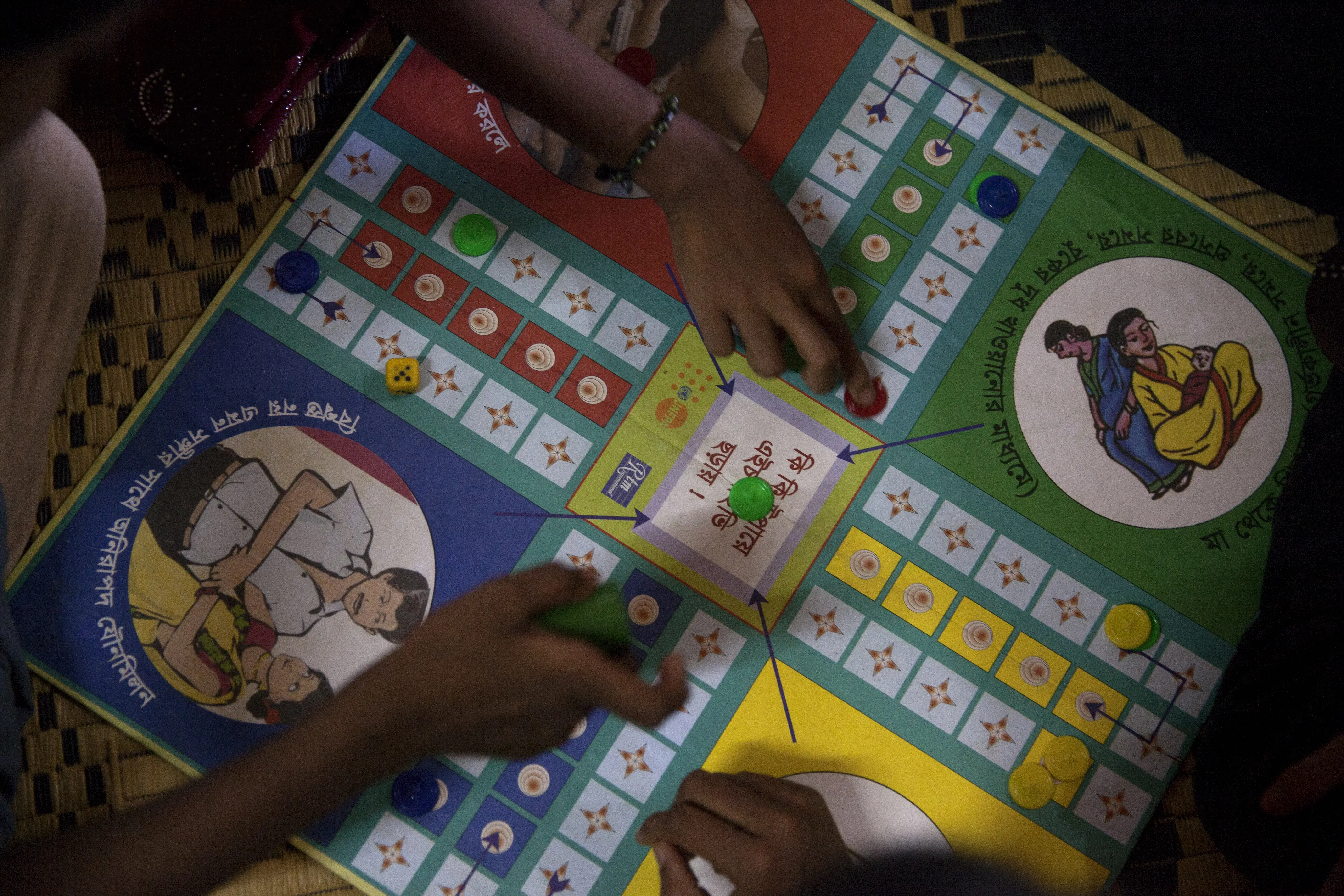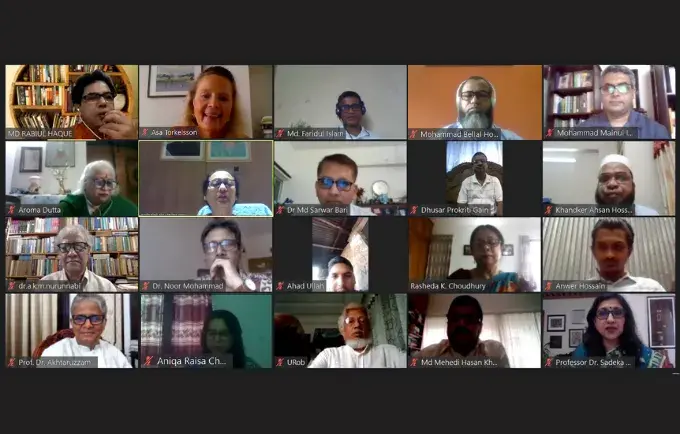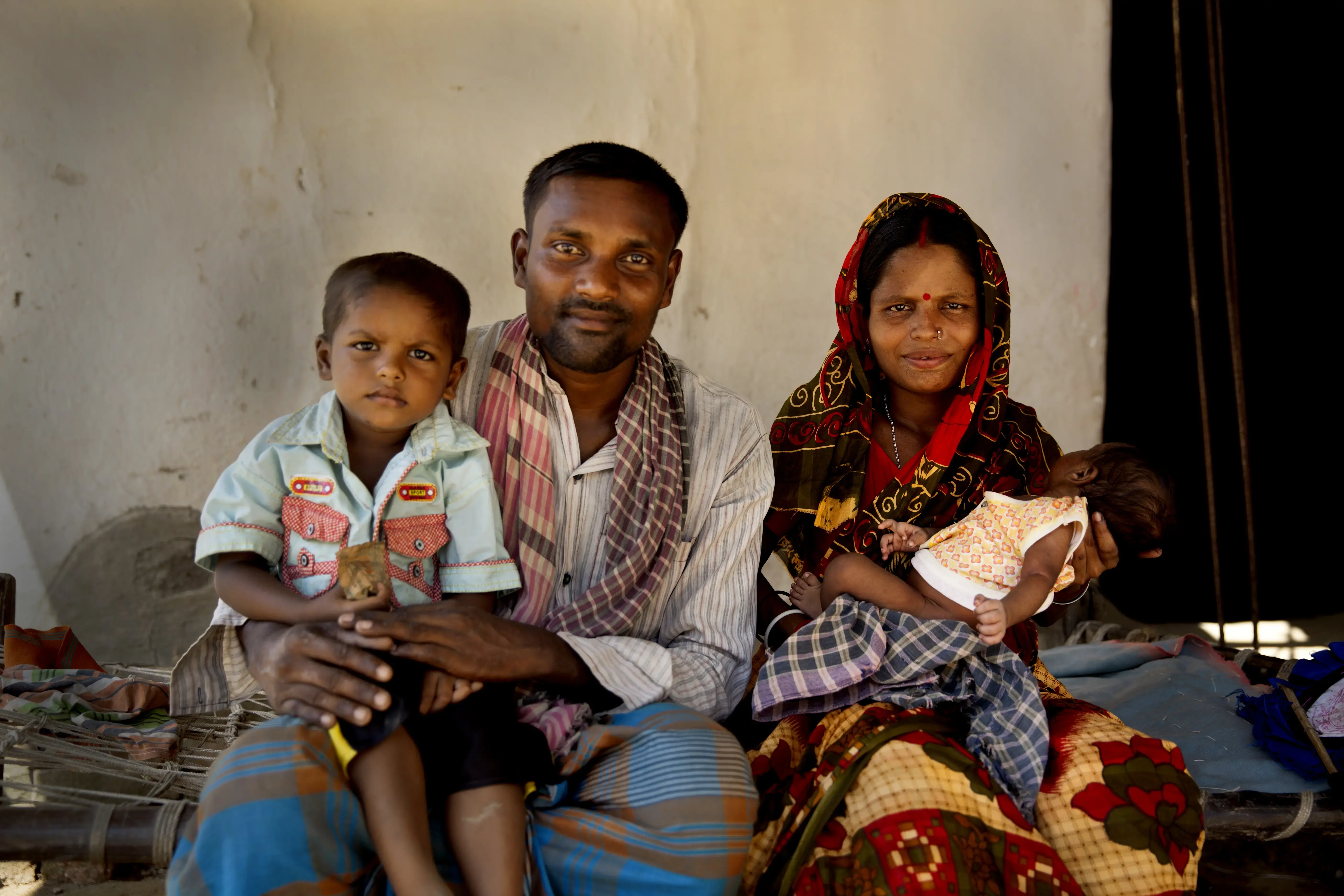The implementation and success of Agenda 2030, the new development agenda to guide the world, will depend largely on the demographic changes taking place over the next 15 years and beyond. These changes will create both opportunities and challenges. One of the biggest challenges will be how to adjust to an unprecedented world population of 8.4 billion by 2030 while also ensuring a more equitable and inclusive pattern of economic growth and sustainable development for all.
Globally, the number of young people is at an all-time high. As mortality and fertility decline, countries typically enjoy a period when the ratio of working-age population to both young and old dependents, rises.
This provides a one-time “demographic window of opportunity” before the dependency ratio rises again with the growth of the elderly population; however, it is not automatic or guaranteed that this one-time demographic window of opportunity will actually lead to a “demographic dividend”.
It will turn into a demographic dividend only if the country invests heavily now in health, education, skills development, and employment generation, especially for the adolescents and youth. Advancing gender equality and women’s empowerment is another key component that requires special attention in Bangladesh.
More specifically, the demographic “dividend” will be harnessed if three conditions are met. First, improvements in health status, especially children’s and women’s health, will contribute both to improved child survival and a decrease in the number of children born to each family in successive cohorts, thus accentuating the population bulge in the cohorts now entering or about to enter the working ages. Second, those in these large cohorts and the smaller cohorts that follow them will benefit from investment in education and health.
As families have fewer children, they and the government have more resources to invest in the education of the surviving children, and women can increasingly enter the labor force. The third and final condition is having an economically enabling environment where those in the educated cohort/bulge can find well-paying jobs.








